
-
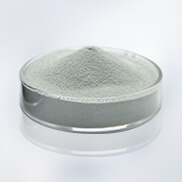
2025-06-19
Low Melting Point Glass Powder: The Key Innovative Material Breaking Traditional Limitations
This article focuses on the detailed performance parameters and application scenarios of Low Melting Point Glass Powder.
-

2025-06-16
Iron Sealing Glass Powder: The Key to High-Performance Sealing Solutions in Extreme Environments
This blog will analyze how iron sealing glass powder provides "unbreakable" sealing protection from the perspectives of application scenarios, technical advantages, and procurement decisions.
-
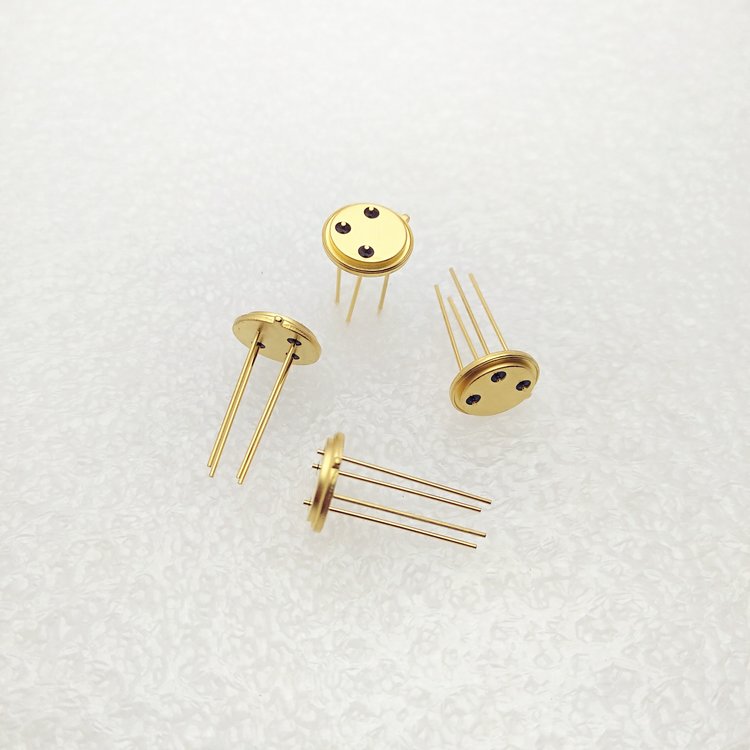
2025-06-16
Kovar Sealing Glass: The Ideal Sealing Solution for Relays, TO-Headers, Crystals, and Connectors
This article is a buying guide for Kovar Sealing Glass.If you need glass powder,you can get more tips form this article.
-
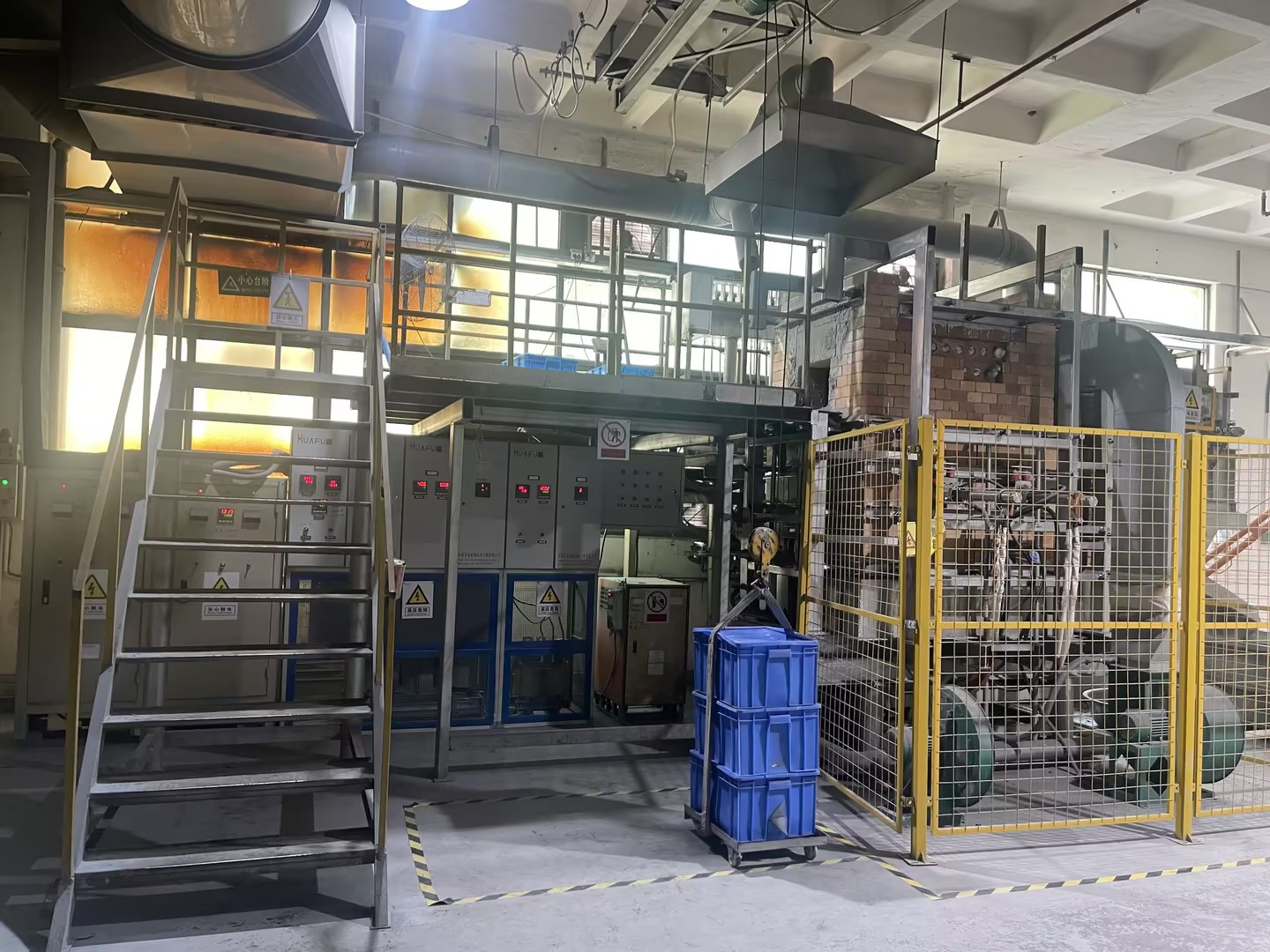
2025-06-16
Glass Powder Manufacturer: Evaluating R&D Soft Power and Hard Power for Strength Assessment
This guide delves into R&D soft power (team, patents) and hard power (equipment, mass production) to help you identify reliable sealing glass powder suppliers.
-
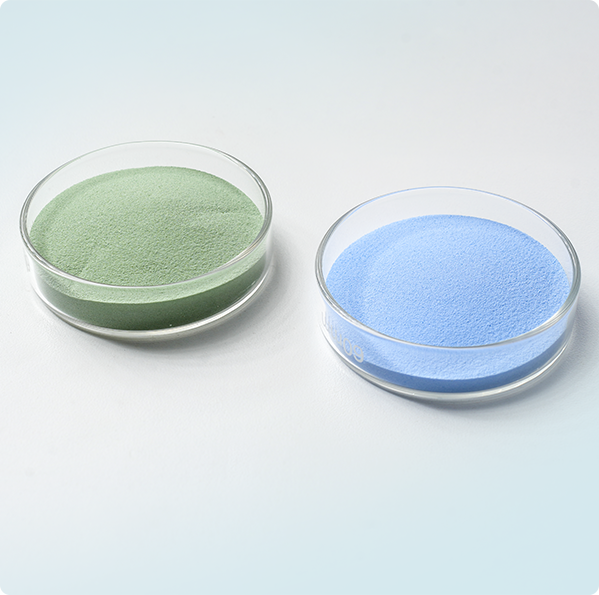
2025-05-07
Understanding the Role of Powder Glass in Ceramic-to-Metal Sealing Systems
Powder glass offers a scientifically engineered solution, enabling strong, stable, and vacuum-tight joints through sintering and thermal matching.
-
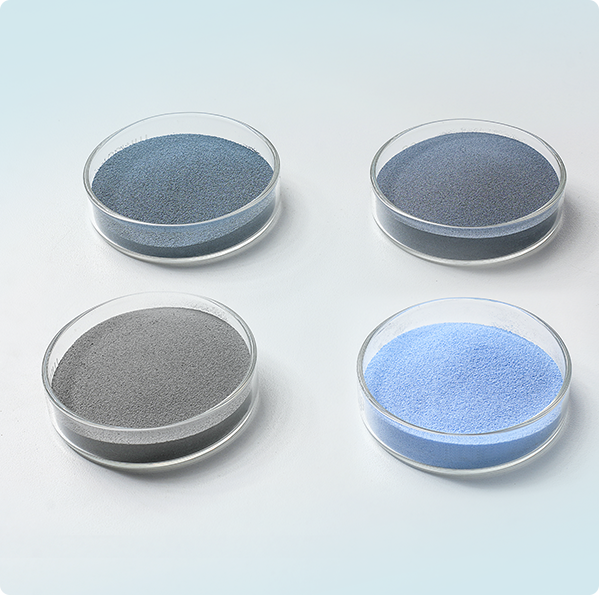
2025-05-05
Powder Glass Sealing in Vacuum and High-Temperature Environments
One of the most trusted materials in this context is powder glass — a highly adaptable and scientifically engineered solution for creating gas-tight, corrosion-resistant, and thermally stable seals.
-

2025-04-16
Common Failure Modes in Glass to Metal Seals
In this article, we explore the most common failure modes in GTMS and provide practical engineering solutions for each.
-

2025-04-16
The Future of Glass to Metal Seal: Innovations and Emerging Technologies
This article explores the key innovations, material trends, and technology shifts shaping the future of glass-to-hermetic seals.
-

2025-03-17
The Importance of Iron Sealing Glass in Aerospace & Defense Applications
Discover how iron sealing glass enhances hermetic sealing, thermal resistance, and durability in aerospace and defense applications, ensuring high-performance protection.
-

2025-03-17
The Role of Iron Sealing Glass in Electric Vehicles (EVs) and Battery Protection
This article explores the importance of iron sealing glass in EVs, its role in battery safety, and the future of sealing glass technology for high-performance electric vehicles.






